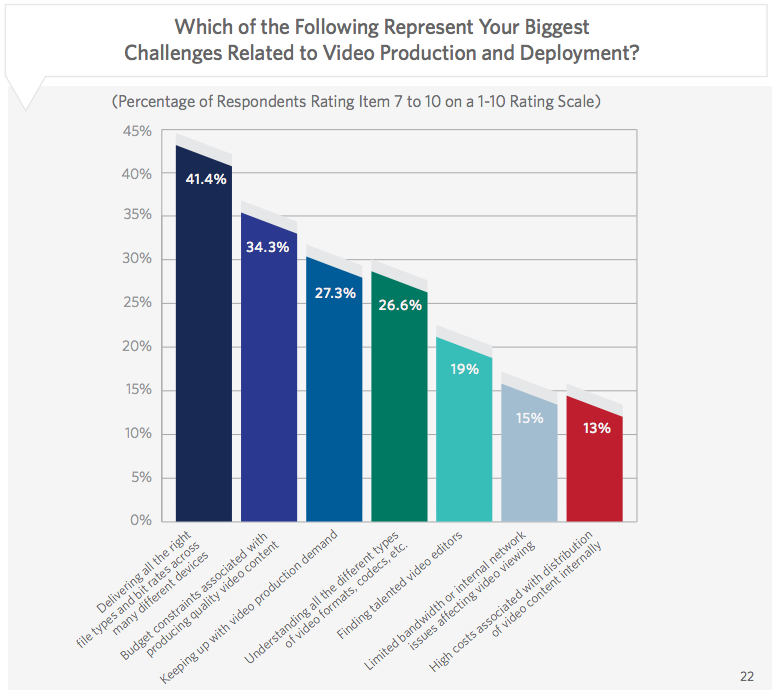Video Access in the Workplace
Over the past few years, B2B marketers have embraced web video marketing. Audiovisual content naturally lends itself to be an effective way to demonstrate products and communicate complicated messages. Following the lead of B2c organizations, B2B marketers rely on YouTube and social media to distribute online video.
While YouTube provides a way to reach a mass audience, the site isn’t the most effective way to reach business viewers. This is due to the fact that many organizations block employee access to YouTube and other social media sites.
This week, Procter & Gamble became the latest company to announce that employees will be blocked from accessing the Pandora and Netflix. According to Cincinnati.com, P&G employees download more than 50,000 videos from YouTube everyday. Along with eating up corporate bandwidth, the video viewing also decreases employee productivity.
Taking it a step further, GE Aviation has “fundamentally blocked” employee access to YouTube, Facebook and Pandora, while the Kroger supermarket chain does not permit employees from logging onto social media sites.
To fully leverage the benefits of video communications, B2B marketers need to develop distribution strategies that ensure the targeted audience can access the video content.


Leave a Reply
You must be logged in to post a comment.